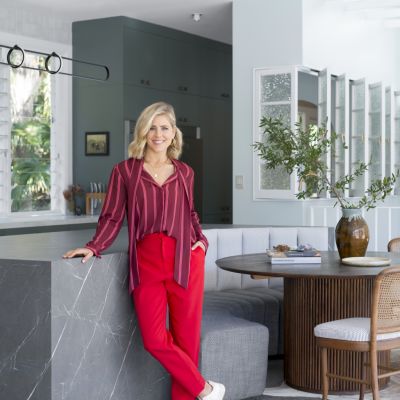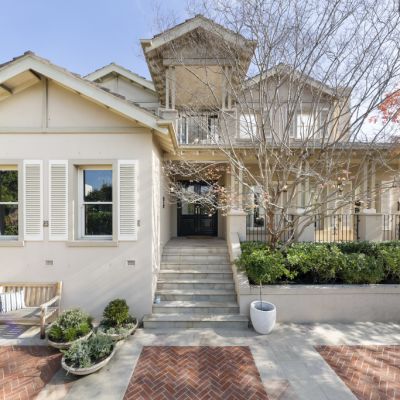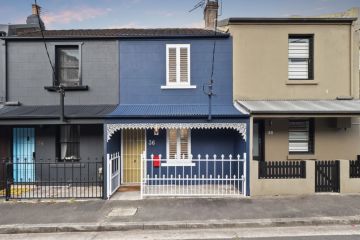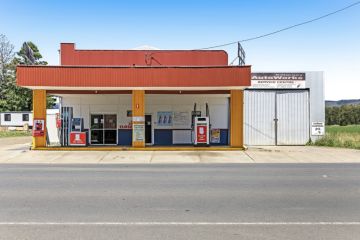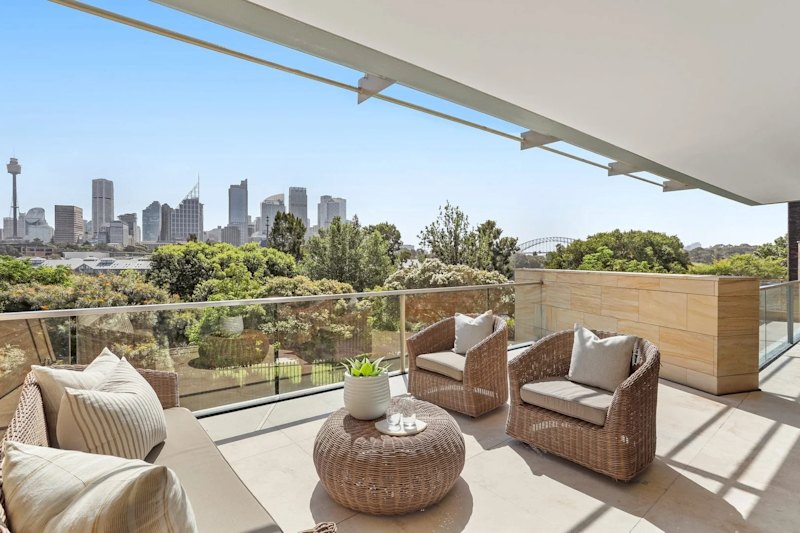How the right artwork can help attract buyers and sell your home
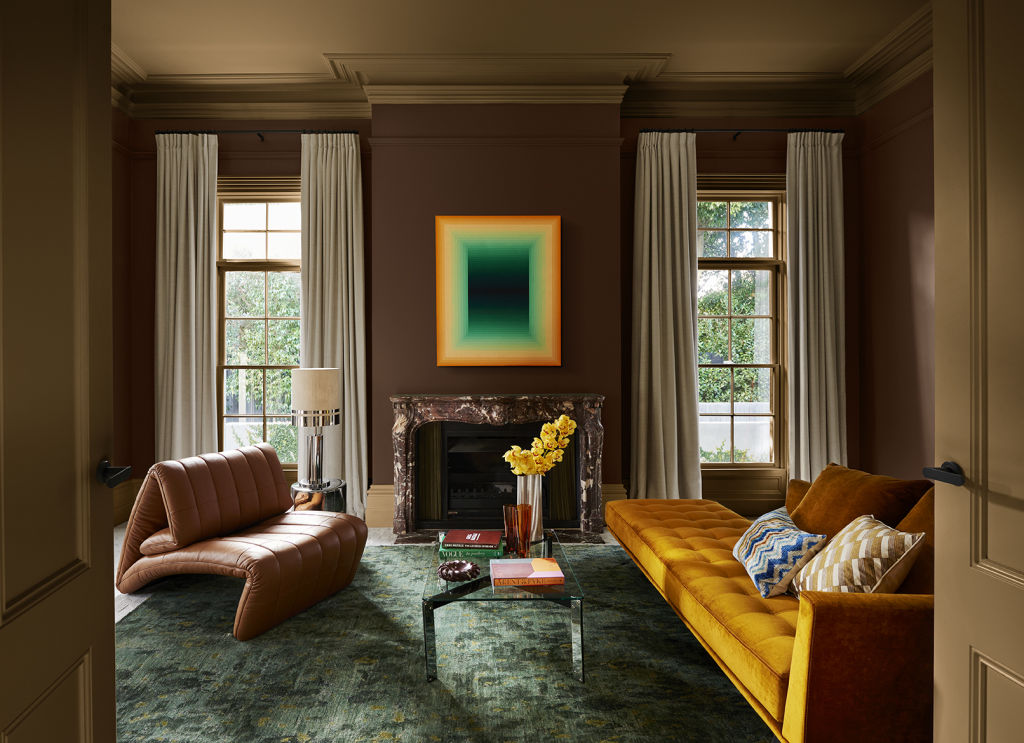
Art can capture attention, evoke emotion and alter the viewer’s perception of the space around it.
These attributes can prove invaluable in the property market, where a buyer’s first impressions can mean the difference between falling in love with or dismissing a home.
“Being able to engage a buyer from logically thinking about a property to emotionally thinking about a property is all about the transference of feeling,” says Thomas McGlynn, the chief executive of real estate group BresicWhitney. “Art plays a huge role in doing that.”
So, how can you use art to help sell your home?

Take yourself out of the picture
When styling your home for sale, it’s important to put your personal preferences aside and think about who the next owners might be.
“Hopefully, you understand who your target market is, and that might be vastly different to that of yourself,” says Studio Gallery director Kerry Armstrong. “It’s so important to market directly to them.”
Studio Gallery’s art leasing team works with stylists and vendors around the country to select artworks for homes coming onto the market.
“I think it’s the quickest and easiest way to address the curation of the home and projecting to that new audience,” Armstrong says.
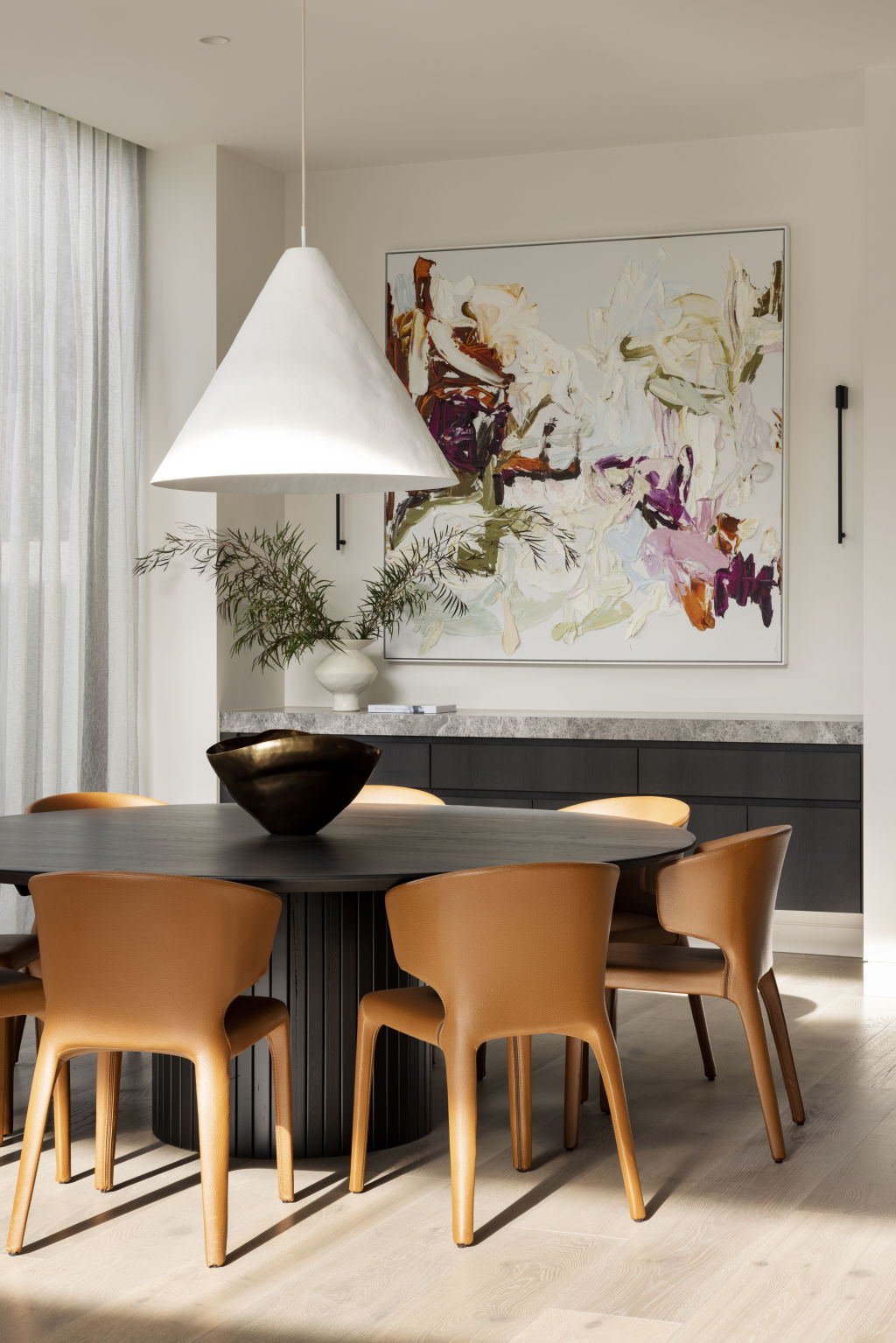
Removing or editing a vendor’s existing pieces can be a key part of the process. “Quite often it’s not well hung, it’s not well framed, it’s dusty,” she says. “Get help – even if it’s to re-hang your own work. Do it properly.”
Angelique Rita from property styling firm Create Expectations agrees that styling a home for sale is all about the buyer, and says “de-personalising” it by removing items like family photos is often the first step.
“Sometimes we’ll go into a property and it might be really overdressed with things like artwork and photos,” she says. “We will sometimes advise a client to scale everything back, remove all the pieces that they have, and maybe go with something a bit more simplistic.”
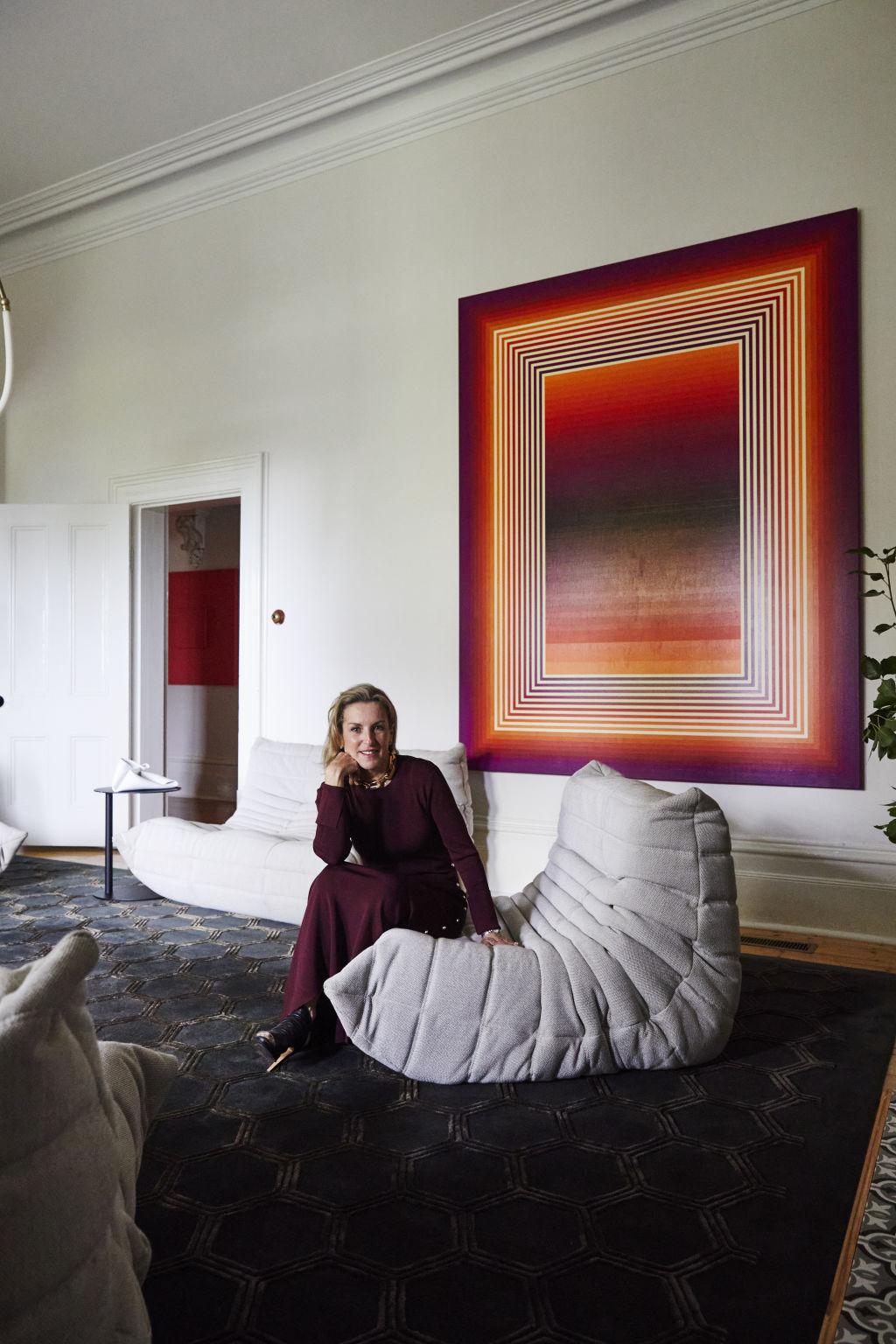
Create a strong first impression
In the competitive world of online listings, capturing attention is critical to a successful sales campaign.
McGlynn says artwork plays a big role in how BresicWhitney presents homes to the market and can ultimately contribute to a higher sale price.
“Our philosophy is that we want to bring homes to life when we’re bringing them to market, and artwork does bring a home to life,” he says.
“We know that if we can engage buyers more with our listings through the use of our photography, styling, presentation … they’ll be more likely to come and see a property.”
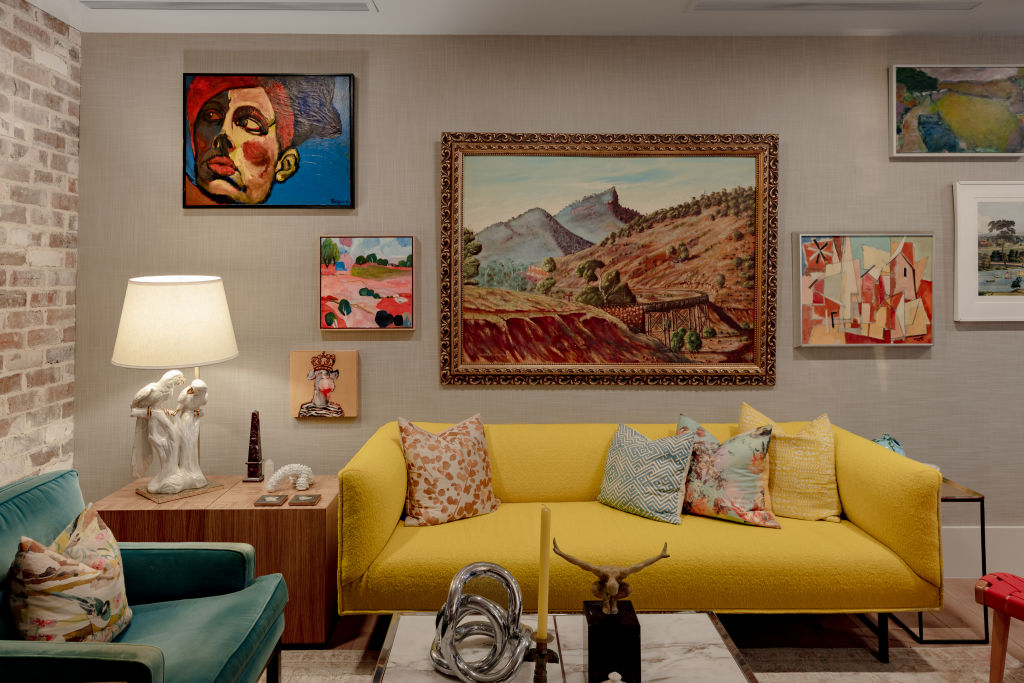
McGlynn says partnering with galleries and design studios to source quality art pieces has become more common in recent years.
“That’s something we’re seeing happen more and more now,” he says. “If a client’s willing to invest in that, we’re definitely recommending it.”
For Armstrong, featuring artwork with “real energy” can help a property stick in a buyer’s mind long after they’ve seen it online or at an open home.
“Being memorable is critically important,” she says. “It’s got to be something that stops you in your tracks.”
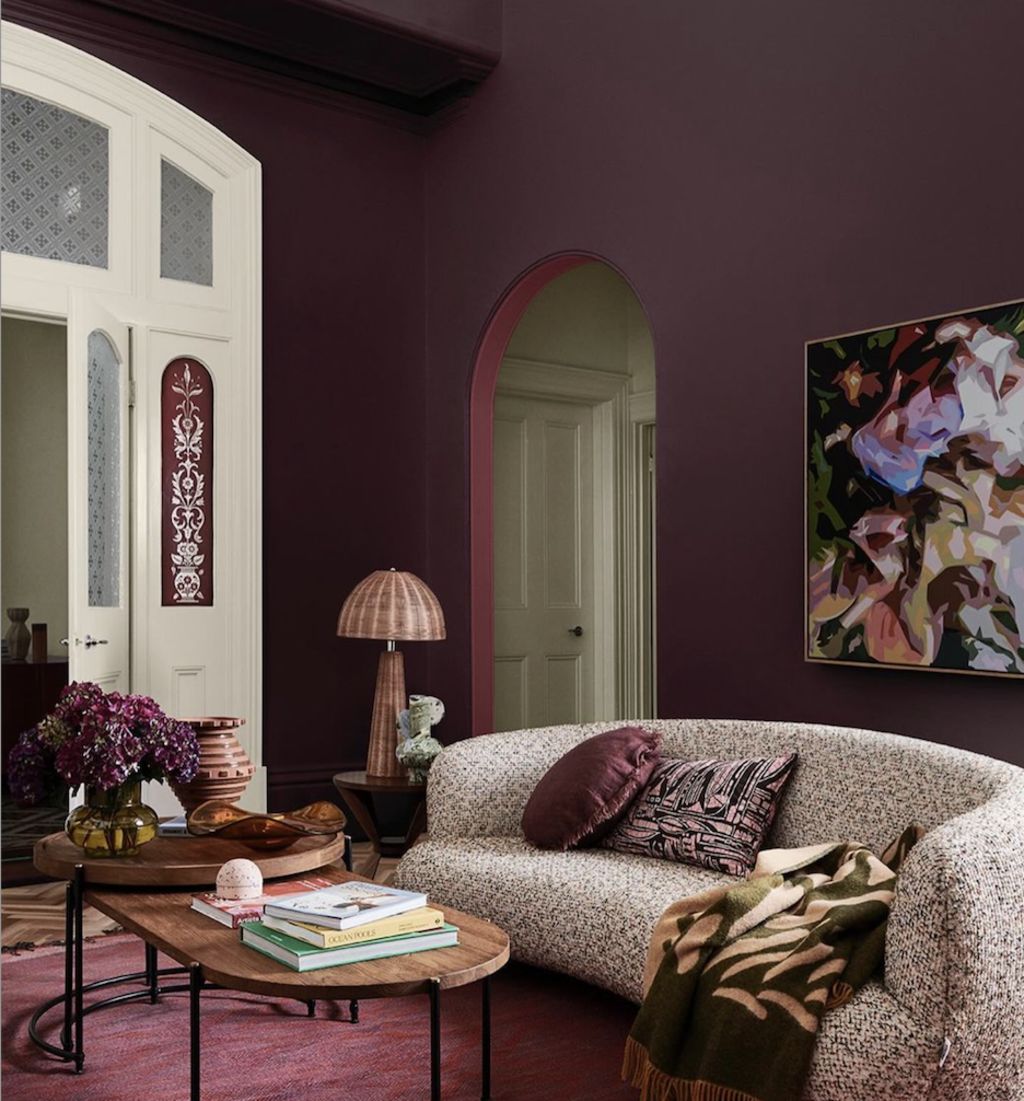
Accentuate the positives and eliminate the negatives
The right artwork can help to accentuate the positive aspects of a home, divert attention away from any negatives, and create a sense of flow.
“To me, it’s the quickest and easiest way to make a big change,” Armstrong says.
She recommends using large-scale works to highlight features like high ceilings and spacious rooms, and says grouping smaller pieces together can “create little zones”.
Featuring multiple pieces by the same artist or with similar colours or textures can help link different spaces. Art can also draw attention to features like fireplaces and counteract dated or undesirable aspects of a property.
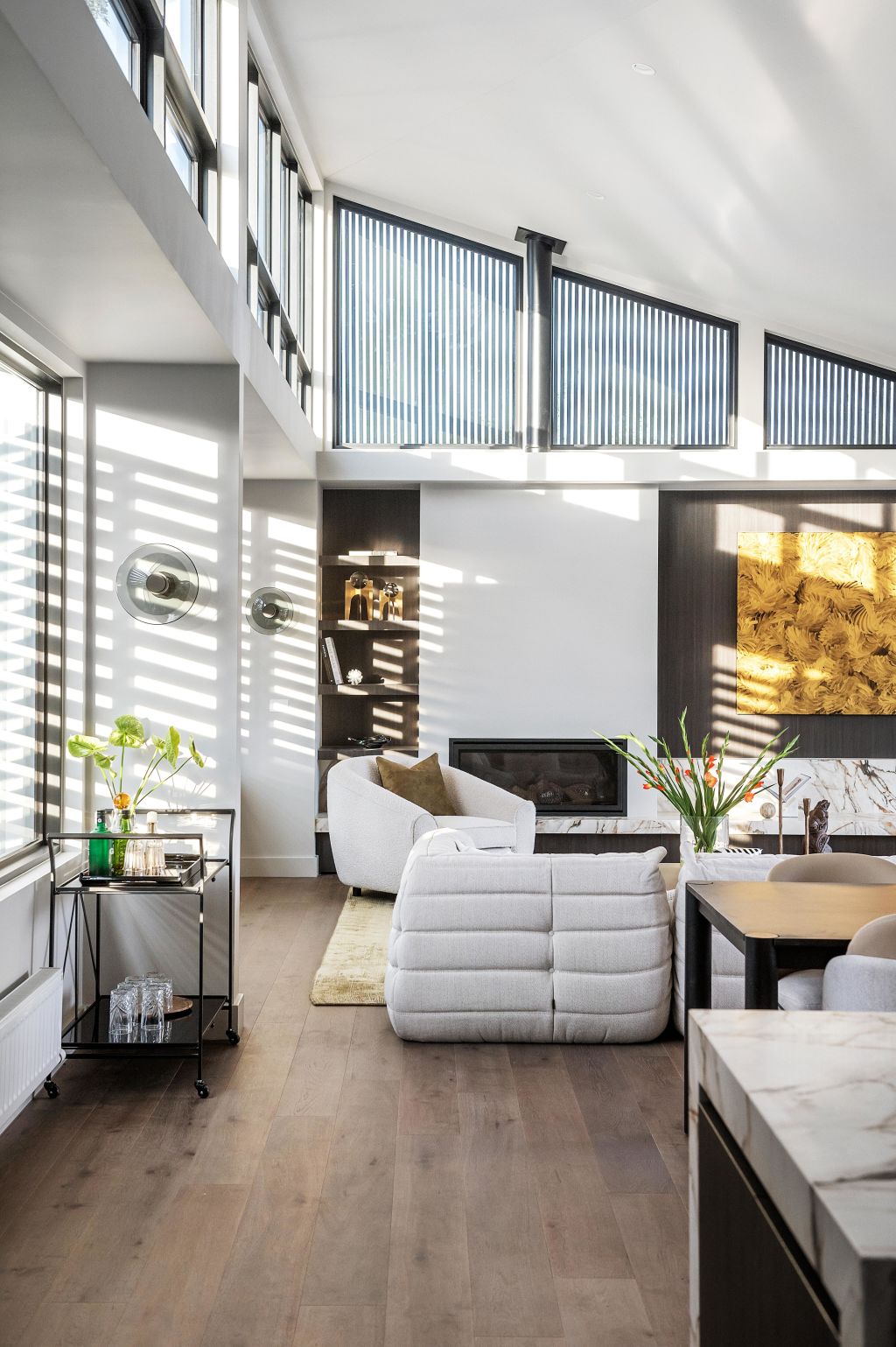
“For example, if you’re looking to nullify or neutralise a floor with too much warmth in it, then you go the opposing colour,” Armstrong says.
Rita agrees that choosing artwork with the right scale is key to creating a “wow” factor. “The size of a piece and the space that it’s going in is what’s going to make all the difference in how it’s going to represent online,” she says.
When selecting artwork for a home, the stylists at Create Expectations carefully consider each space, the home’s floor plan and how a buyer might engage with the property.
The style of the home and the way it’s furnished can influence the type of art they use. “We can work with their pieces and add seamlessly so that everything kind of fits in,” Rita says.
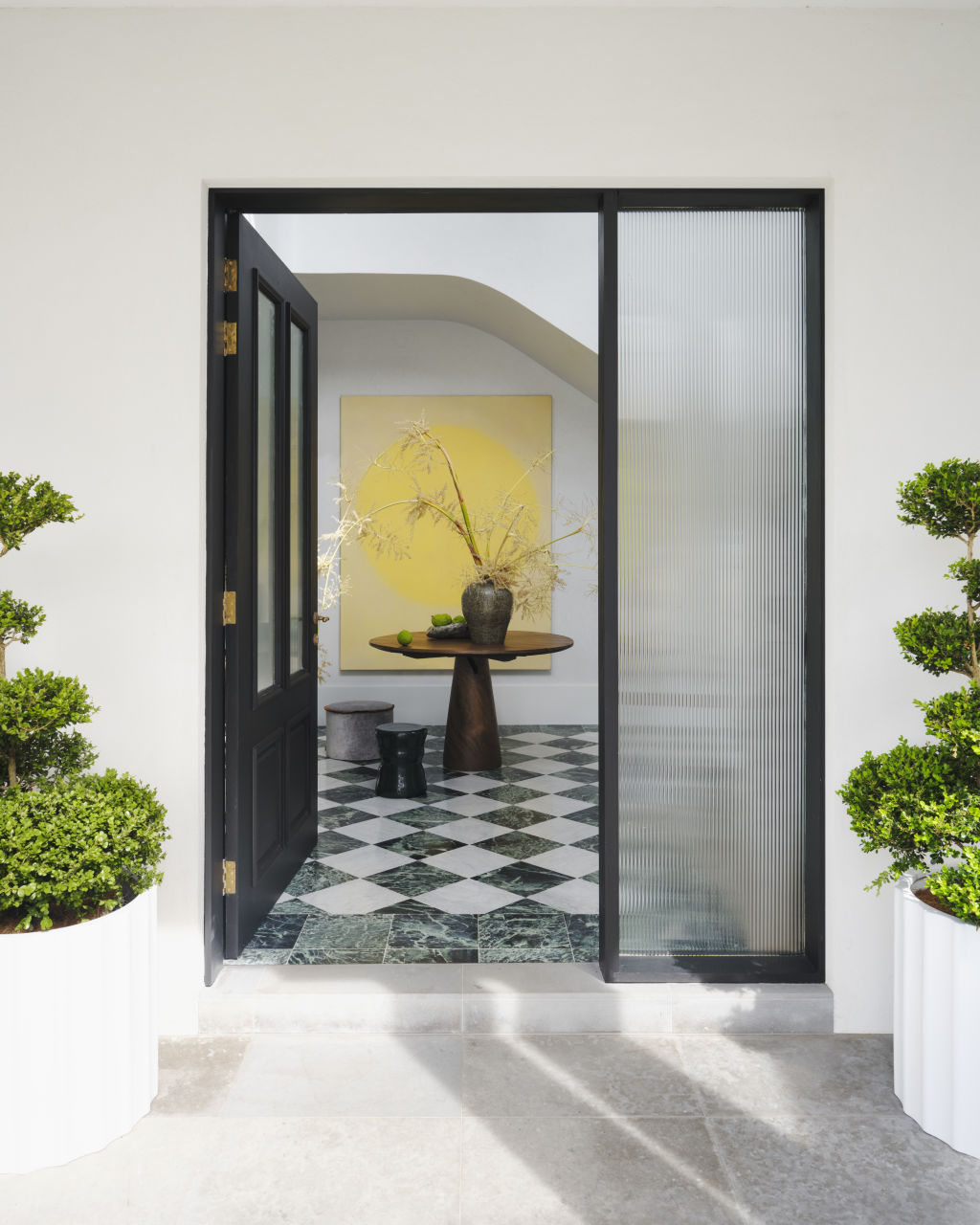
Presenting a property in its “best possible light” can mean using artwork to inject colour or replace an unattractive item like a TV.
“Some homes might be lacking personality so they might really need a little bit of personality,” Rita says. “Styling can take a property from a two to 10 instantly.”
For McGlynn, incorporating art is all about evoking an emotional response from would-be buyers.
“We want buyers to feel inspired with regards to what they’re buying and we feel that [art] plays a huge part.”
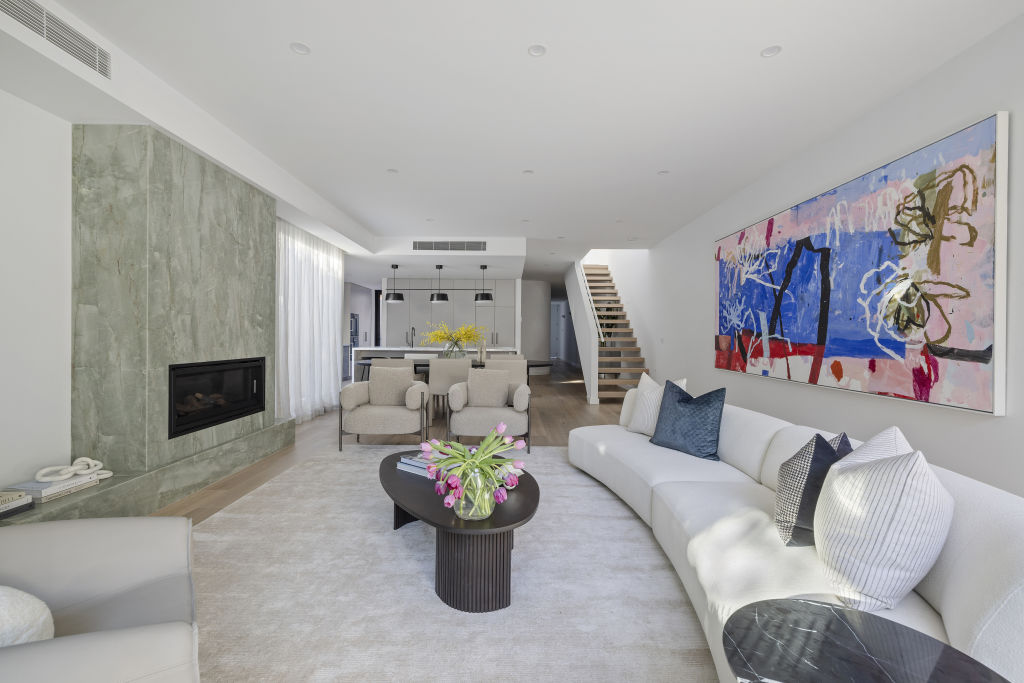
Five tips on using art to sell your home
- Take your own preferences out of it and focus on the potential buyers.
- Consider removing family photos and make sure any pieces you keep on display are nicely framed and hung.
- Don’t play it too safe – memorable art can capture attention and leave a lasting impression.
- Ensure art is the right scale for the space it’s in. Large pieces can help accentuate high ceilings and spacious rooms.
- Use colour to add personality or neutralise dated features.
We recommend
States
Capital Cities
Capital Cities - Rentals
Popular Areas
Allhomes
More
- © 2025, CoStar Group Inc.
